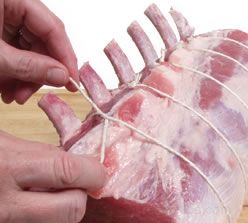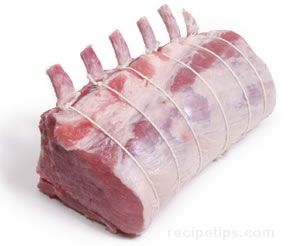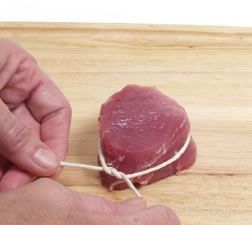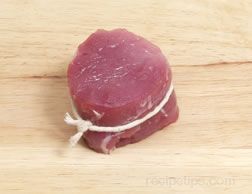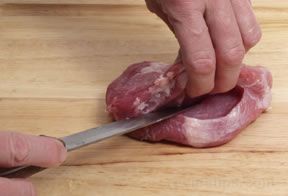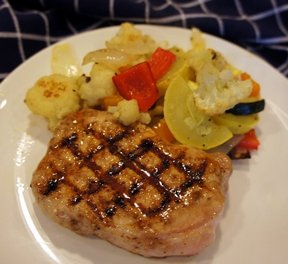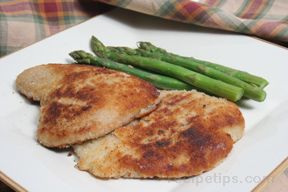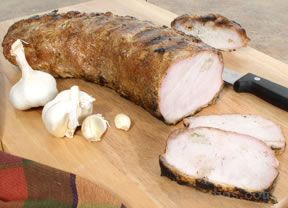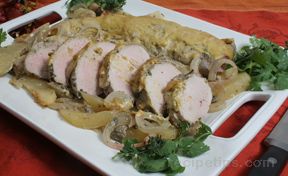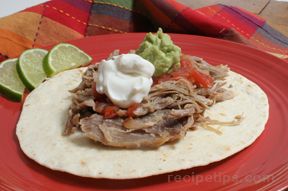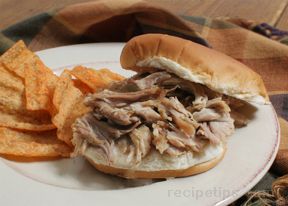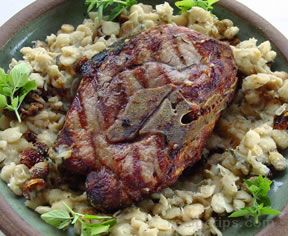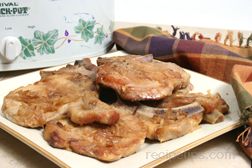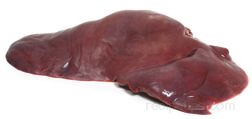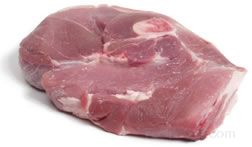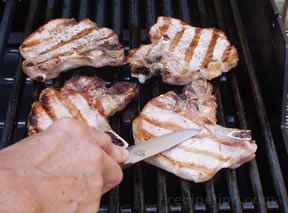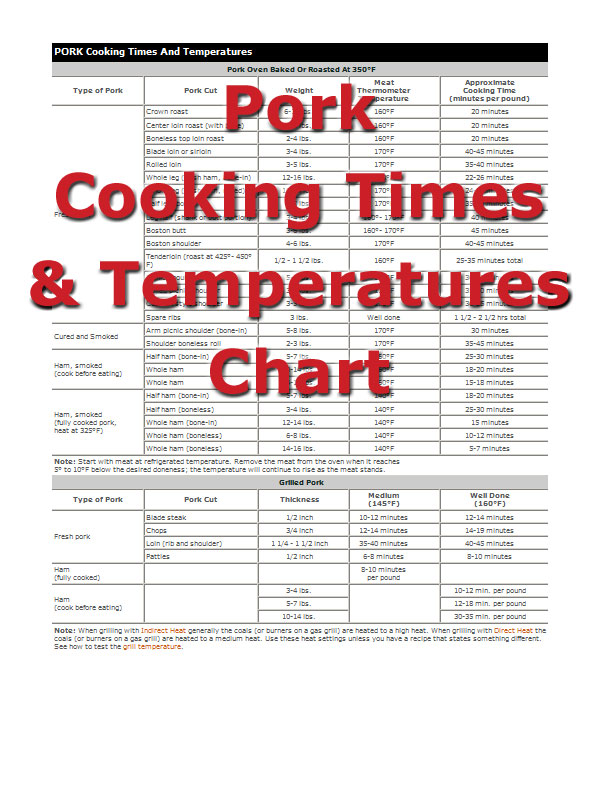|
The process of tying meat is used to ensure even cooking and helps hold the shape of the cut. Tying is used on several different cuts and there are several styles of tying that can be used. Some of the common cuts where tying is helpful are shown below.
The style and type of knot used to tie the cut of meat you are working with will vary depending on one's experience, the style one has been taught and personal preference. The important aspect of tying is that the string is tight enough to hold the shape of the cut but not too tight so that it will squeeze the juices from the meat while it is cooking. Use a kitchen twine that is made from an all-natural cotton or linen to ensure that it will not burn or affect the flavor of the meat. Butcher's twine works well because it is bulkier, which makes it easier to handle. Keep in mind that there are many styles of tying and knots that can be used. |
Loading
Tying Pork

Provided By
RecipeTips
RecipeTips

Loading
There currently aren't any reviews or comments for this article. Be the first!
Popular Recipe Pages
Popular Recipes
Advertisement
Advertisement

